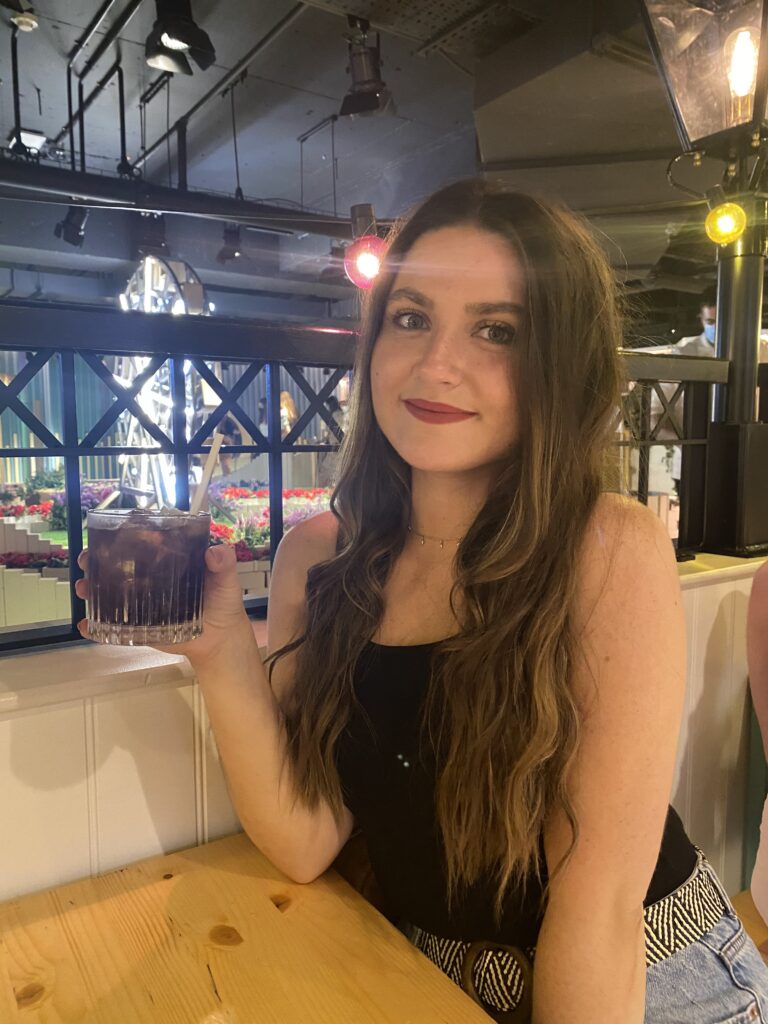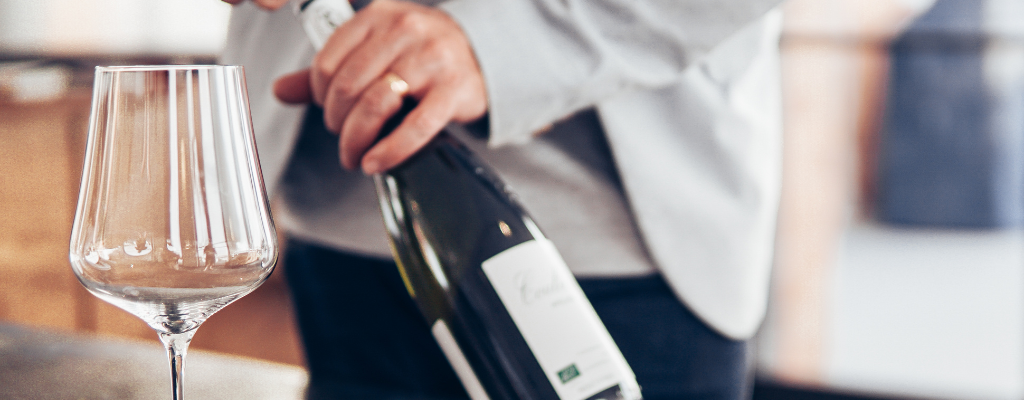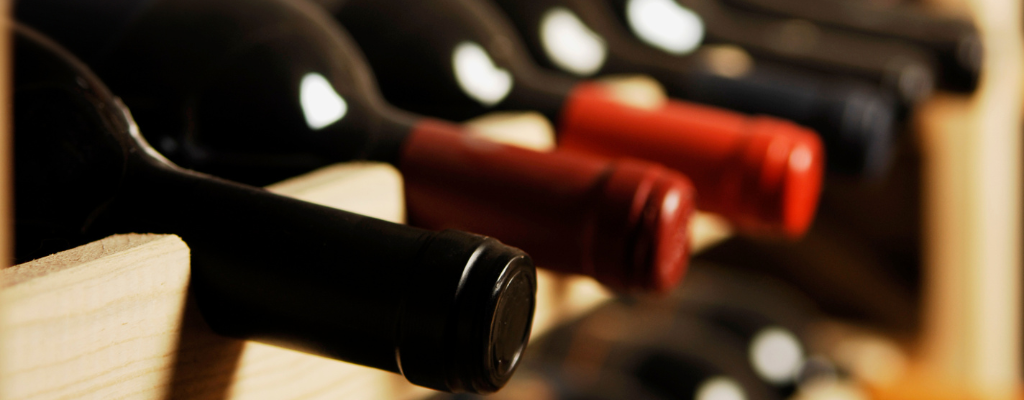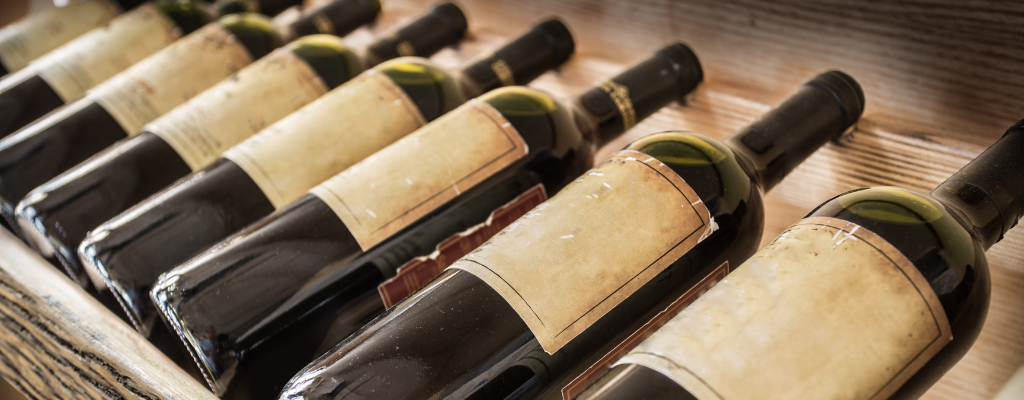Published on January 27, 2023
Your handy guide to get exactly what your venue needs.
Buying wine can be a daunting and overwhelming challenge to face, especially when you have hundreds of wines to choose from. Understanding a wine label can really alleviate the frustration of choosing the best wines for your venue. Bottles are often loaded with information about the character and nature of the wine which is imperative to recognise before committing to a wine, particularly one that is not as well-known as other brands.
Number 1: Country and Region
Most wine labels will showcase the country of origin either at the top or the bottom of the label. If the country is not shown, then the region will be. Top Tip: the more specific the location is on the bottle, the more expensive the wine tends to be. Especially when describing wines that claim to come from the UK. If the bottle says English wine, the grapes will be grown in England. However, if the label states the wine is British, it will be a low-priced product that is fermented in the UK, but comes from an imported concentrated grape.
Number 2: Producer
The name of the producer can mean very little unless you are aware of them; however, the producer’s name is key in identifying unique qualities to their wine’s style. A producer could be a family, a business, or an individual wine enthusiast. When researching producers, look for estate bottled wines if you want smaller scaled, careful wines. Estates will ensure every process is overseen from the growing of the grapes to making and storing the wine themselves.
Number 3: Variety of Grape
The grape may be the main element people look for. If a bottle states that it is ‘Merlot’ or ‘Sauvignon Blanc’, this typically means that one grape was used for the production of the wine; however, wine regulations state that a wine may contain up to 15% of different grapes before it has to be stated on the bottle. If the grape is not stated, this may mean that the producer used more than 15% of different grapes. Check out the appellation and this may give you an idea about what is in the bottle.
Number 4: Vintage
The vintage, or the year the wine was produced, refers specifically to the year the grapes were harvested to make the wine. If not on the front of the label, check the neck or the back. Vintages vary from year to year depending on the climate and other factors. When researching, ensure to check the year and see if there were any storms or bad harvests in the region as it will be able to tell you about the quality of the wine that year. The date can also tell you how much aging the wine has had. Non-vintage wines are usually ready for drinking immediately and will not improve with age.
Number 5: Dry or Sweet?
The label may tell you about the sweetness of the wine. Most red wines are dry as the sugars in the grape concentrate have been completely transformed into alcohol. The Residual Sugar (RS) is how wine makers measure the sweetness and in red wines the RS is normally too low for the palate to recognise, around 4 grams per litre. White wine is mostly dry; however, you will find sweeter whites available such as Rieslings and dessert wines.
Number 6: Alcohol Level
The Alcohol by Volume (ABV) is one of the most useful things to know when buying a wine. Red wines are typically higher in ABV, around 13.5%, whereas white wines are a little lower. You will normally find the ABV on the back of the bottle or on the front at the bottom of the label. Wines with a lower ABV are typically lighter, perfect for matching with lighter food. If you are looking for a jammy, full wine, then look towards a higher ABV. The ABV is a good way to tell if a wine is acidic or not.
Number 7: Sulphites
Knowing the Sulphites are imperative when offering a wine at your venue. Sulphite allergies are severe in some people and a lot of wine producers use them in their wines. However, be carefully of natural wines and wines that do not use sulphites as there is more risk of bacterial infection and oxidation.
Share this article
About the author

Chloe Lewis
Chloe looks after all copywriting and proof-reading for Drink Warehouse UK, working with the Marketing team to deliver educational content to all our customers. She has spent many years in the hospitality sector, moving from behind the bar to now helping venues to stock their own. You can find more from Chloe about beer, cider, spirits, wine, non-alcoholic, soft drinks and RTDs all over our blogs, website, social media and Set The Bar magazine.
Click here to receive the latest and greatest promotions, new products, competitions and so much more straight to your inbox.







